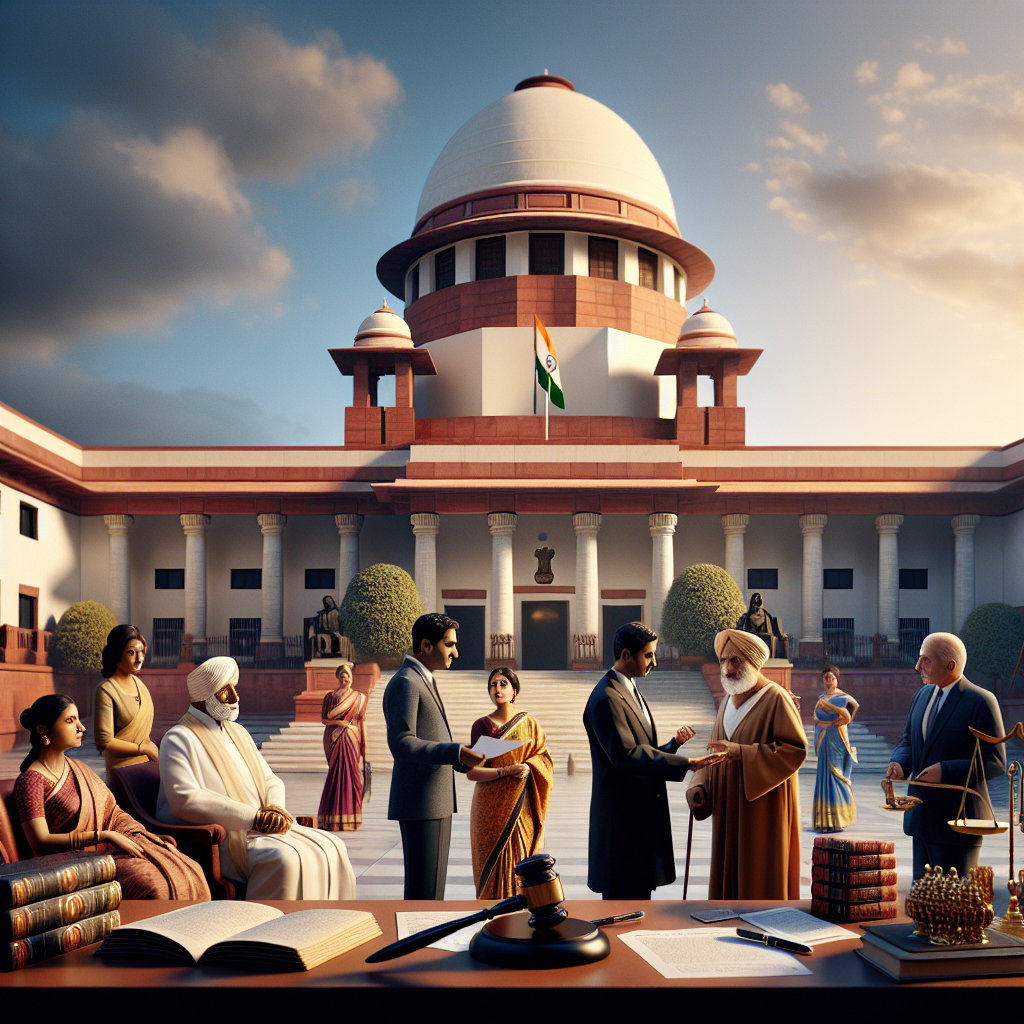Changing the Legal Environment around Section 498A of IPC and Sections 3 and 4 of the Dowry Prohibition Act

Changing the Legal Environment around Section 498A of IPC and Sections 3 and 4 of the Dowry Prohibition Act
Introduction
The laws relating to dowry, particularly Section 498A of the Indian Penal Code (IPC) and Sections 3 and 4 of the Dowry Prohibition Act, have been a subject of much debate and controversy in recent years. These laws, which were enacted with the intent of protecting women from harassment and violence in the name of dowry, have been accused of being misused and are often referred to as “anti-husband” laws. In this article, we will examine the changing judicial climate around these laws and how they are being interpreted and applied by the courts.
Understanding Section 498A and Sections 3 and 4 of the Dowry Prohibition Act
Section 498A of the IPC deals with the offence of cruelty by a husband or his relatives towards a woman. This section states that if a man or his relatives subject a woman to cruelty, both mental and physical, for the purpose of extracting dowry, then it is a punishable offence.
Similarly, Sections 3 and 4 of the Dowry Prohibition Act also deal with dowry-related offenses. Section 3 makes giving or taking of dowry a punishable offence, while Section 4 prohibits any demand for dowry. These provisions were enacted with the aim of eradicating the practice of dowry and protecting women from being harassed or even killed for dowry.
The Controversy Surrounding These Laws
While there is no denying that dowry is a social evil that needs to be addressed, the controversy around these laws arises from the fact that they are often misused. In many cases, the laws are used as a tool for harassment and extortion, leading to the wrongful arrest and harassment of innocent individuals. This has led to a lot of criticism of these laws, with many people demanding their repeal or amendment.
The Supreme Court’s Stand
In recent years, the Supreme Court has taken a strict stand against the misuse of these laws. In the case of Arnesh Kumar v. State of Bihar, the Court held that the arrest of an accused under these laws should only be made after proper investigation and with the prior approval of a Senior Police Officer. This landmark decision was made to prevent the innocent from being falsely implicated and to protect their fundamental rights.
In another significant judgment in the case of Rajesh Sharma and Ors. v. State of Uttar Pradesh, the Supreme Court laid down guidelines to prevent the misuse of Section 498A and to ensure that innocent individuals are not subjected to harassment and arrest. The Court directed the setting up of Family Welfare Committees in every district to look into complaints made under this section. The Committee would then submit a report to the concerned authorities, and only after carefully examining the report, an arrest should be made.
The High Court’s Stance
The High Courts have also been taking a similar stance, emphasizing the need to prevent the abuse of these laws. In the case of Amit Kumar v. Government of NCT of Delhi and Anr., the Delhi High Court quashed the FIR registered under Section 498A as the allegations made were found to be false and based on conjectures. The Court observed that the misuse of these laws not only leads to the harassment of innocent individuals but also undermines the credibility of the legal system.
Similarly, in the case of Geetika Ahuja v. State (NCT) of Delhi, the High Court held that mere allegations of harassment by a married woman against her husband or in-laws would not be enough to attract the offence under Section 498A. The Court also emphasized that the provisions of this section are not meant to be used as a weapon for harassment or vengeance and must be applied in cases where there is prima facie evidence of cruelty against a woman.
What the Future Holds
It is evident that the judiciary is taking a strict stance to prevent the misuse of these laws. The recent judgments by the Supreme Court and the High Courts send a clear message that the abuse of these laws will not be tolerated and that innocent individuals must be protected from false allegations.
However, this does not mean that these laws are redundant and should be done away with. The evil of dowry still persists in our society. Therefore, there is a need for a balance to be struck between protecting the rights of innocent individuals and ensuring that these laws serve their intended purpose of protecting women against dowry-related harassment.
Conclusion
In conclusion, the changing judicial climate around Section 498A of IPC and Sections 3 and 4 of the Dowry Prohibition Act is a step in the right direction. The strict guidelines laid down by the Supreme Court and the High Courts will not only prevent the misuse of these laws but also restore the faith of the public in the legal system. However, there is a need for a more comprehensive approach towards eradicating the practice of dowry. Striking a balance between protecting the rights of the innocent and curbing the social evil of dowry is the need of the hour.